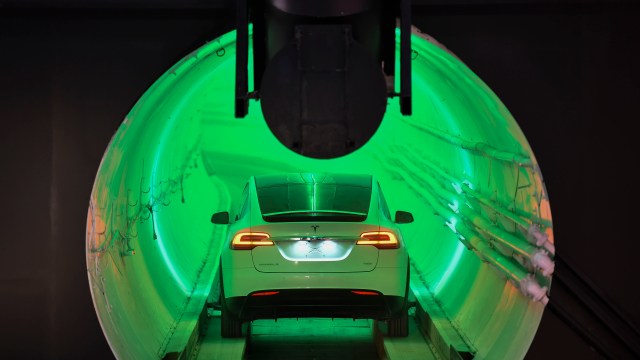The ‘Titanic’ distraction to hide a top-secret military mission from the Soviets

- Robert Ballard, naval officer and oceanographer, wanted to find the Titanic in the early ’80s, which he eventually did before also uncovering a few more military secrets.
- Under the auspices of a Titanic search mission, the Navy funded him under the condition that he also locate two nuclear submarines that had both sunk in the 1960s.
- The USS Thresher and USS Scorpion were discovered, while Titanic’s big waves in headlines hid the real intent of the mission from the Soviet Union.
For decades the most infamous shipwreck sat unattended to on the bottom of the Atlantic ocean. That is until the 1985 discovery of the Titanic. With secret military planning and funding, the United States Navy’s investigation of two wrecked nuclear submarines led to the eventual discovery of the Titanic wreck.
Robert Ballard, the discoverer of the wreck, now reveals more complete details on the mission. In 1982, Ballard met with the Navy to request funding for the development of a robotic submersible, which he’d use to find the Titanic. The Navy’s deputy chief for submarine warfare, N. Ronald Thunman, was all on board for developing this type of technology. But on one condition — utilizing the tech to find the wrecked USS Thresher and USS Scorpion first.
The USS Thresher and USS Scorpion were located in the same mission before locating the Titanic. The Thresher had sunk around 200 plus miles off the Boston coast, killing 129 crewman at the time in 1963. In 1969, 99 crewman had died when the Scorpion disappeared near an archipelago in the mid-Atlantic.
The discovery of all of these wrecks was due to the new technology and following debris trails that would eventually lead to the boat and subs in question.
The top-secret mission discovers the Titanic and downed nuclear submarines
One of the most famous shipwrecks of all time, the “unsinkable” Titanic went down after hitting an iceberg on its maiden voyage. Swirling to the bottom of the deep Atlantic seafloor, it hit its eternal resting place in the early morning hours of April 15, 1912.
The ship sent radio distress signals and messages before it went down. The general location has been known for some time, but the Atlantic is more than two miles deep in this area. Diving and robotic technology was not available for many years. Aboard a French ship, Ballard launched his top-secret project, Argo, which was a robotic explorer with an advanced sonar and videocam system
Just a little after 6 a.m. on September 1st, the Argo had spotted the Titanic’s debris some 230 miles south off the coast of Nova Scotia. Remnants of the legendary ship had finally been seen after more than 70 years hidden beneath the depths.
Before Ballard had the time to dedicate his search efforts to the Titanic, he was on the hunt for the USS Thresher and USS Scorpion. The Navy had suspected that the Soviets had sunk the Scorpion. Higher-ups in the Pentagon also wanted to figure out if the nuclear reactors were leaking any radioactive material or if they were looted.
What happened to the nuclear submarines?
The Thresher sank during a round of deep-diving trials. The Navy had assumed there wasn’t any foul play suspected. But the Scorpion was a different matter entirely. They had reason to believe that the Scorpion was targeted by the Soviets and that the nuclear material might have been removed from the sunken sub. Although, when the Scorpion was finally found, further inspection showed there were no breaks in the hull, which would have suggested an attack. A follow-up covert mission the next year checked to see if any of the radioactive material had spread. There was no such findings.
Searching for the submarines did bear fruit for Ballard’s eventual Titanic mission, who stated:
What I discovered when I was mapping the Scorpion was that when it imploded, the current carried away the lighter material… I gambled that the same thing happened to the Titanic, and I thought, ‘Let’s not look for the Titanic. Let’s look for stuff that would have come off of it.’
The Cold War mission is told in even more detail in the latest National Geographic’s newest Titanic display. It also includes stories about the men and women that survived the tragic catastrophe.





